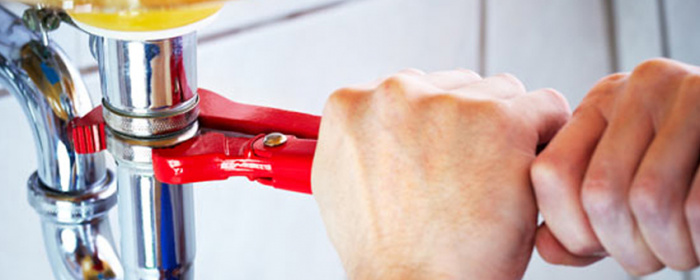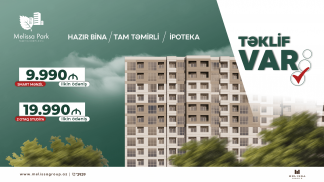Our expert advice continues to make the repair process even easier for you. In the previous article, "Where to start repair?" initial information was given about. And now we continue the "second stage of repair" - a series of articles with the advice of a master.
At the next stage of the repair, installation of plumbing fixtures in accordance with the design, laying of power lines, laying of lining and facing plasters, including leveling of the floor, tiling of the plumbing, painting of the ceiling, wallpapering, parquet varnishing, installation of plumbing and electrical equipment work is underway.
First, plumbing work must begin - sewers and water supports must be installed in the kitchen and bathroom. It is important to pay attention to the quality of the sewer pipes used, the fact that the hot water pipes are hidden in the wall, because if the pipes are on the surface, or rather if the hot water pipes are in close contact with the tile (you need to pay attention to the adhesive). Tile and ceramic tile adhesive must be hot and cold resistant.
When laying electrical wiring, it is necessary to pay attention to the operators in accordance with the design. The cross-section of the wire must be selected according to the power to be used. Indoor power lines should use multi-wire copper wires and fire-resistant pipes.
All equipment used in apartments (air conditioning, gas stove, refrigerator, washing machine and dishwasher) must be connected directly from the machine. The selected machines must also be compatible with the power of the operator. For example, 16A circuit breaker is enough for air conditioning.
The location of the power grid will be chosen according to the design. Currently, according to European standards, electrical networks are placed at a distance of 40-45 cm above the floor, and electrical switches - at a distance of 90 cm above the floor. The electrical network in the operators, gas stove, refrigerator, washing machine, air conditioner and sanitary unit must be equipped with grounding.
In the Melissa Group project, the ceramic materials are Spanish materials, and the electric wires are made in Turkey. The cross-section N must conform to the norm (for example, if d is 2.5mm, it must be exactly the same size, not 2.2mm, 1.8mm).







